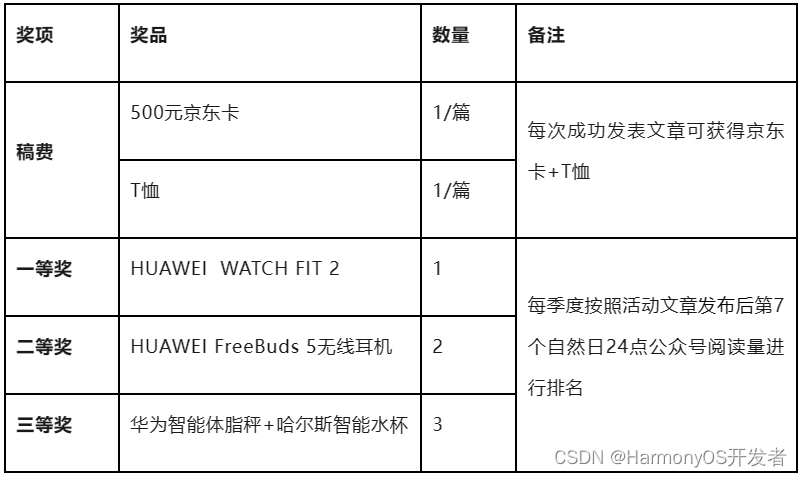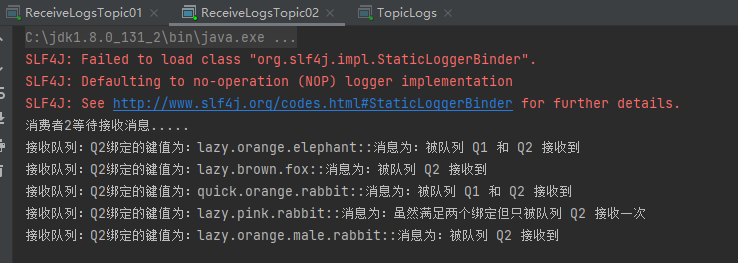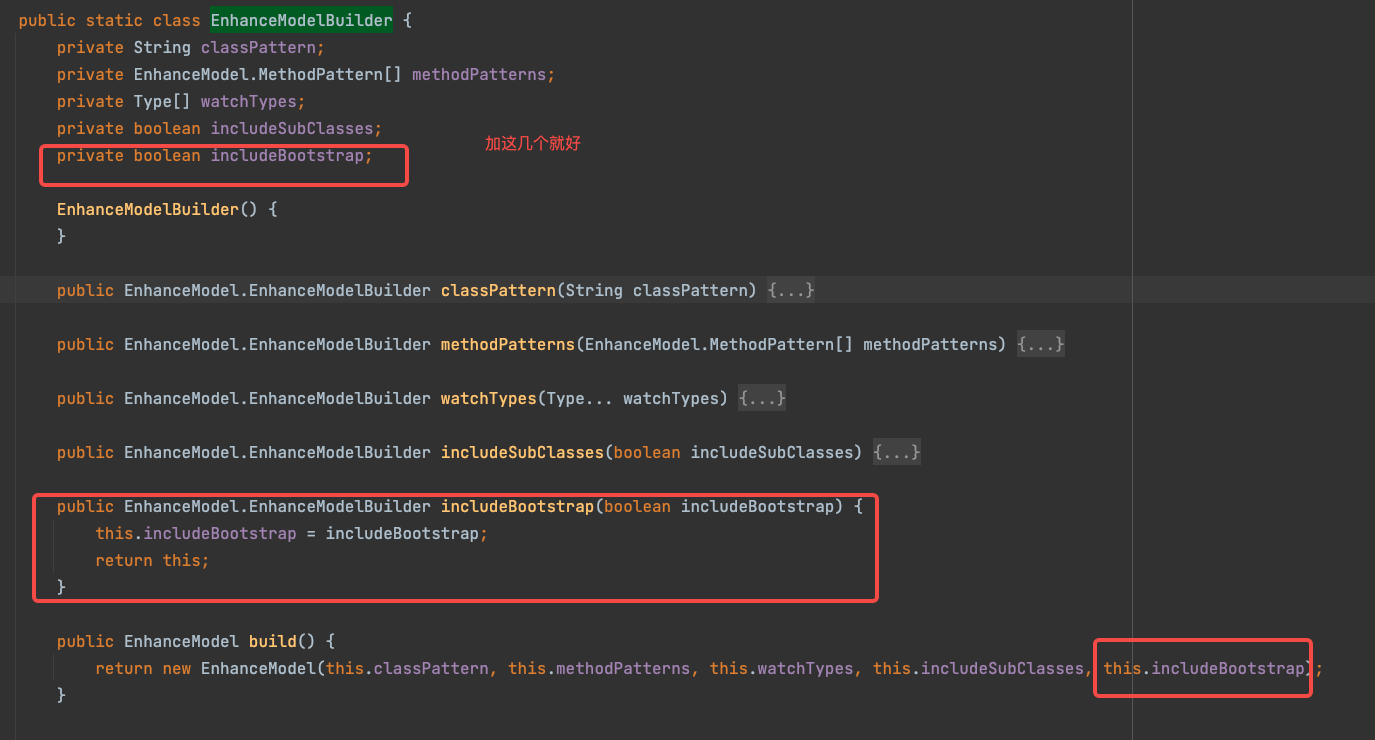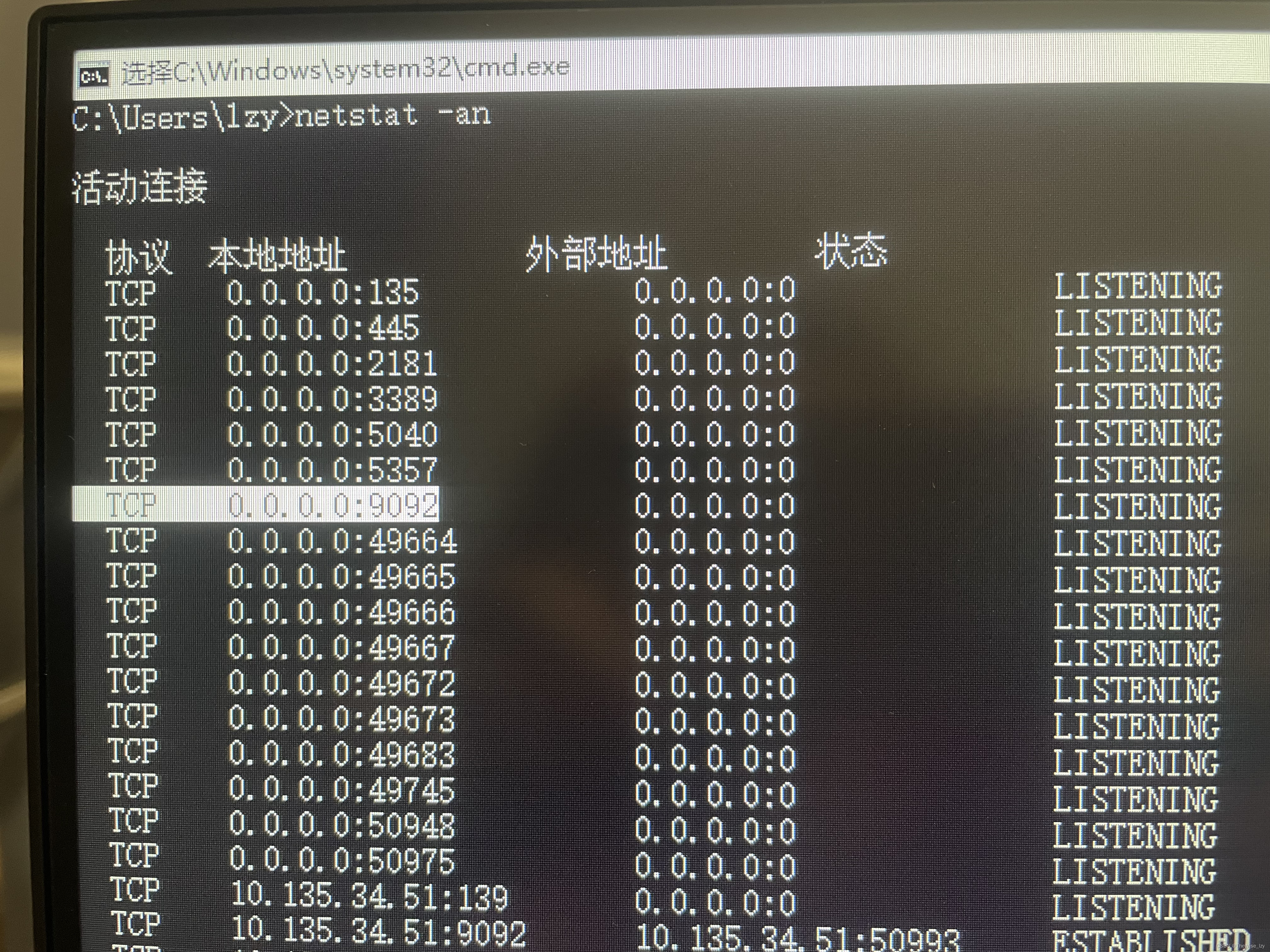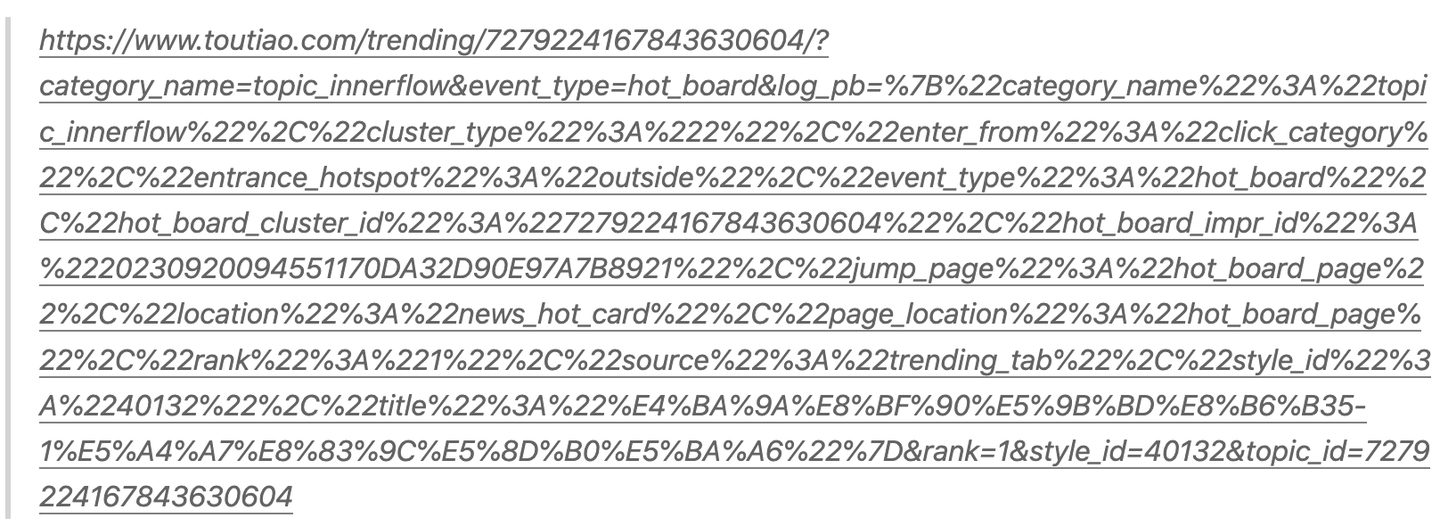
文章目录
- 动态 SQL
- if 元素
- choose-when-otherwise 元素
- where 元素
- set 元素
- foreach 元素
动态 SQL
简而言之,动态 SQL 就是在 Mapper 中使用分支、循环等逻辑。常见的动态 SQL 元素包括:
- if 元素
- choose-when-otherwise 元素
- where 元素
- set 元素
- foreach 元素
if 元素
<if> 元素是我们最常见的元素判断语句,相当于 Java 中的 if 语句。它的 test 属性是它的必要属性。
<select id="select" parameterType="int" resultType="Department">
SELECT * FROM dept
<if test="deptno != null">
WHERE deptno = #{deptno}
</if>
</select>
choose-when-otherwise 元素
MyBatis 并未提供类似 if-else 元素来处理分支情况,if 元素可出现多次,但它们是并列的判断,而非互斥的判断。
<choose> - <when> - <otherwise> 元素类似于 Java 中的 switch-case,用于处理多个条件间的互斥判断。
<select id="selectBySallary" resultType="Employee">
SELECT * FROM emp
<choose>
<when test="min != null and max != null">
WHERE sal >= #{min} AND sal <= #{max}
</when>
<when test="min != null">
WHERE sal >= #{min}
</when>
<when test="max != null">
WHERE sal <= #{max}
</when>
<otherwise></otherwise>
</choose>
</select>
where 元素
如果我们强行规定,上述 choose-when-otherwise 所实现的功能必须使用 if 实现,那么将会写成如下形式:
<select id="selectBySallary" resultType="Employee">
SELECT * FROM emp
WHERE 1 = 1
<if test="min != null">
AND sal >= #{min}
</if>
<if test="max != null">
AND sal <= #{max}
</if>
</select>
注意体会上面 WHERE 1 = 1 的位置及其作用。
由于判断条件有可能有,也可能没有,所有在 if 元素中,WHERE 关键字出现的地方就有些「尴尬」。WHERE 1 = 1 就是此问题的 非典型 解决方案。
MyBatis 提供了 Where 元素以解决上述尴尬问题。
<select id="selectBySallary" resultType="Employee">
SELECT * FROM emp
<where>
<if test="min != null">
AND sal >= #{min}
</if>
<if test="max != null">
AND sal <= #{max}
</if>
</where>
</select>
set 元素
类似于 where 的元素,set 元素对应于 SQL 语句中的 SET 子句。它专用于 update 语句,用于包含所需更新的列。
set 元素常常和 if 元素联合使用。因为在「选择性更新」功能中,有一个 最后一个逗号 问题。
注意,更新行为务必要保证更新至少一个属性,否则 MyBatis 更新语句提示 update 语句错误
<update id="updateByPrimaryKeySelective" parameterType="Department">
UPDATE dept
<set>
<if test="dname != null"> dname = #{dname}, </if>
<if test="loc != null"> loc = #{loc}, </if>
</set>
WHERE deptno = #{deptno}
</update>
foreach 元素
foreach 元素使用不多,通常两种情况下有可能用到:
-
构建包含 IN 子句的查询。
<select id="selectInDeptnos" resultType="Employee"> SELECT * FROM employee WHERE department_id IN <foreach collection="list" item="cur" open="(" separator="," close=")"> #{cur} </foreach> </select>collection 属性表示集合类型,其属性值可以是 list 或 array,对应参数类型为 List 或 数组。
-
一条 insert 进行批量添加
<insert id="insertDepartments" parameterType="list"> INSERT INTO department(name, location) values <foreach collection="list" item="cur" separator=","> ( #{cur.name}, #{cur.location} ) </foreach> </insert>




